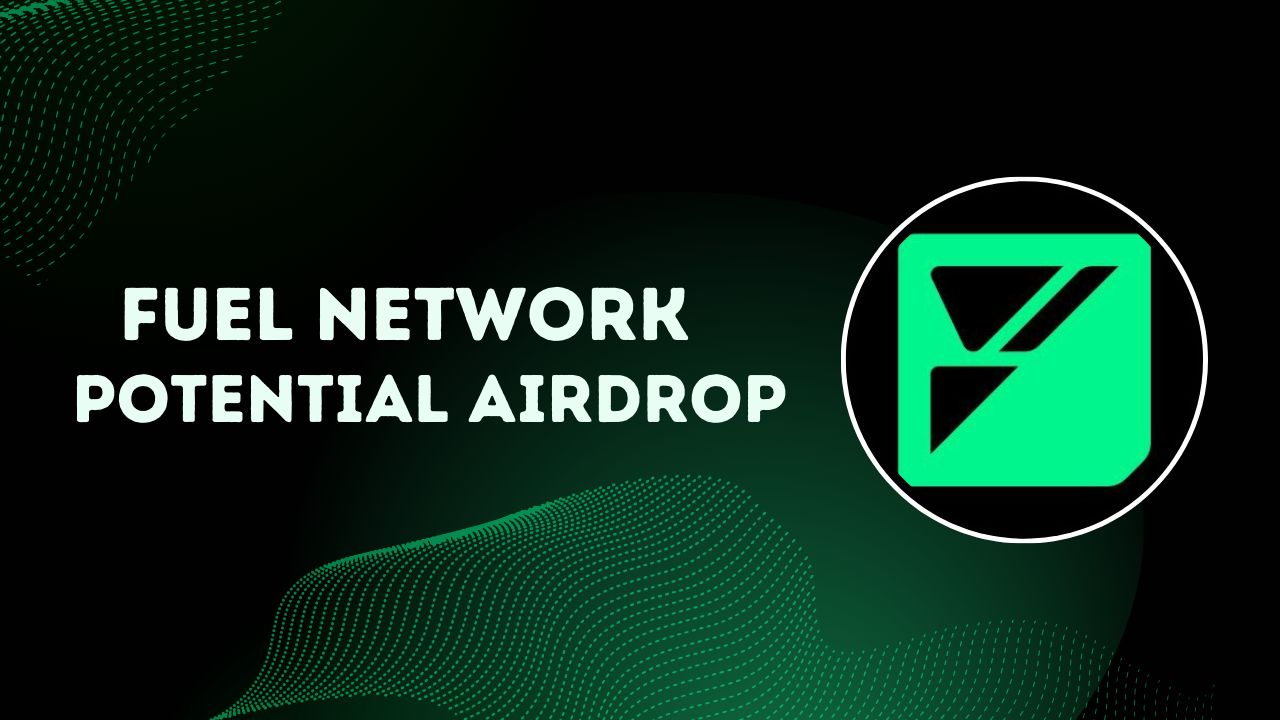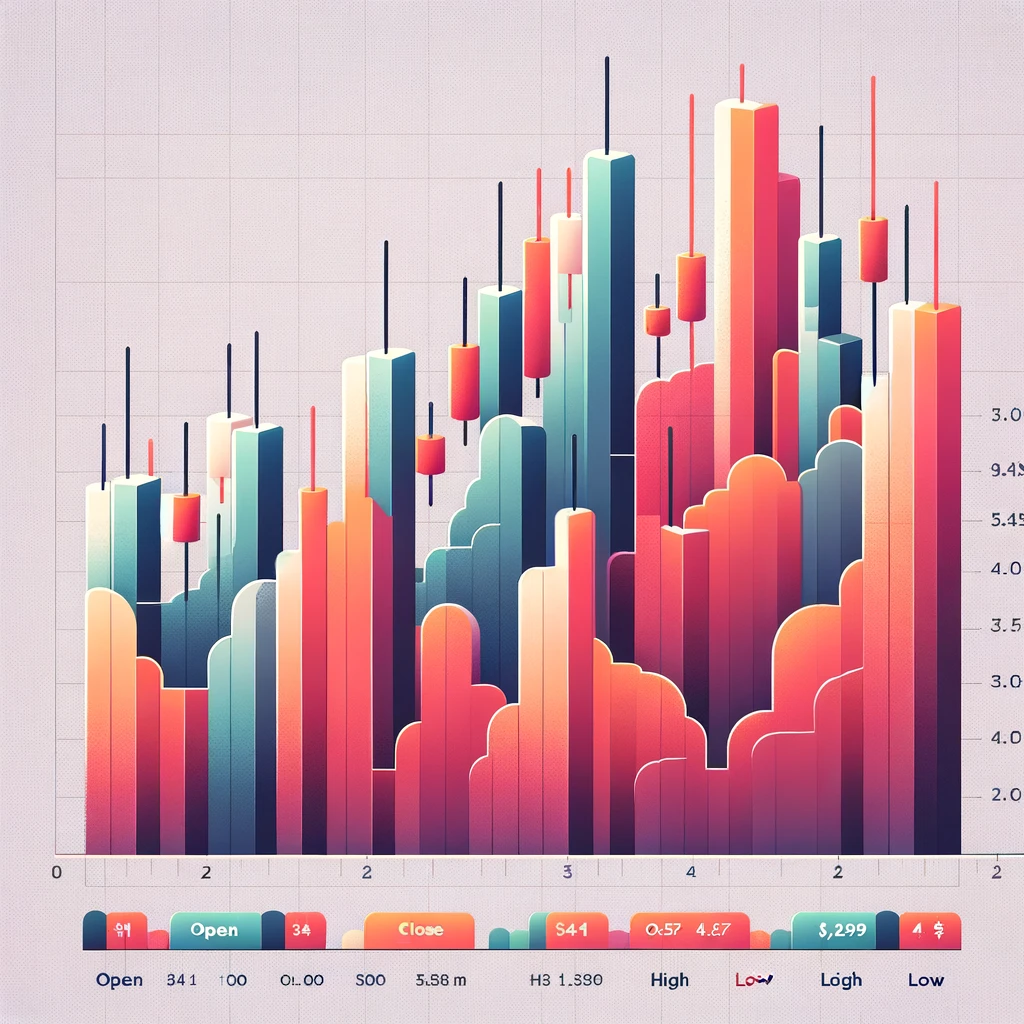From zero-knowledge proofs to advanced smart contracts, and from a strong token to a focus on compliance, here’s how Data Ownership Protocol (DOP) works.
Selective Transparency
The DOP mainnet pioneers the concept of selective transparency on the Ethereum blockchain. This means that wallet balances and transactions are not visible to everyone by default. Our technology offers a refreshing alternative to the status quo, giving crypto users control and ownership over their data.
Infrastructure and Innovation
But how is the protocol’s infrastructure set up, and how is it different from other privacy-focused coins in the market? Here, we take you behind the scenes of our technology and show how it can supercharge the Ethereum and DeFi landscape.
Encryption Technology
Any ERC-20 token can be encrypted via the Data Ownership Protocol to shield token holdings. Although the beta version of the mainnet supports five tokens, more will be gradually added over time. This encryption can be achieved with a few clicks on our intuitive dashboard; eventually, it will be possible through native integrations with major wallet providers and DeFi platforms.
Note: Currently, USDT, USDC, DOP, WBTC, and ETH are supported on the DOP mainnet. More tokens will join over time.
Zero-Knowledge Proofs
When you open a DOP wallet and transfer your crypto assets from an external wallet, your assets are sent to an asset pool holding all user tokens. Simultaneously, zero-knowledge proofs are generated to prove which digital assets belong to you. When transferring funds, the transaction passes through the protocol without direct interaction with the other wallet, ensuring no on-chain record of the transfer.
Zero-knowledge proofs allow you to prove something without revealing the actual data. For example, you can prove you’re over 18 without disclosing your exact age. This cryptography reduces the risk of fraud and ensures privacy.
ECDSA Algorithms
ECDSA algorithms create digital signatures to verify the authenticity and integrity of data. Whenever assets are encrypted, decrypted, or transferred, DOP users generate signed data with their account’s private key, which is then verified by our protocol’s smart contracts, ensuring higher security in a decentralized manner.
Security Measures
Ensuring the safety of funds is paramount. Our collaboration with Chainalysis blocks tainted cryptocurrencies from entering the ecosystem through advanced blockchain analytics. Vigilance against malicious actors and a well-planned infrastructure make DOP tools nearly impossible to exploit by bad actors.
Data Ownership Protocol is pro-compliance. We believe that a balance between privacy and accountability is essential. By constantly scanning for suspicious transactions, our users can enjoy protections similar to those of traditional banks, safeguarding their wealth from fraud.
A Native Token
At the center of our system is the DOP token, used for transaction fees. These fees are 0.1% of the asset value being encrypted or decrypted, plus 10 $DOP. There is also a 10 $DOP fee to send crypto to someone else.
Whenever fees are paid, 75% is used to buy back and burn DOP tokens from the circulating supply. The remaining 25% incentivizes those staking this cryptocurrency, directly supporting our project’s objectives.
Once the DOP DAO is established, this digital token will also incentivize the elected committee members tasked with monitoring the platform for risks and implementing key changes to the protocol for the benefit of all users.







